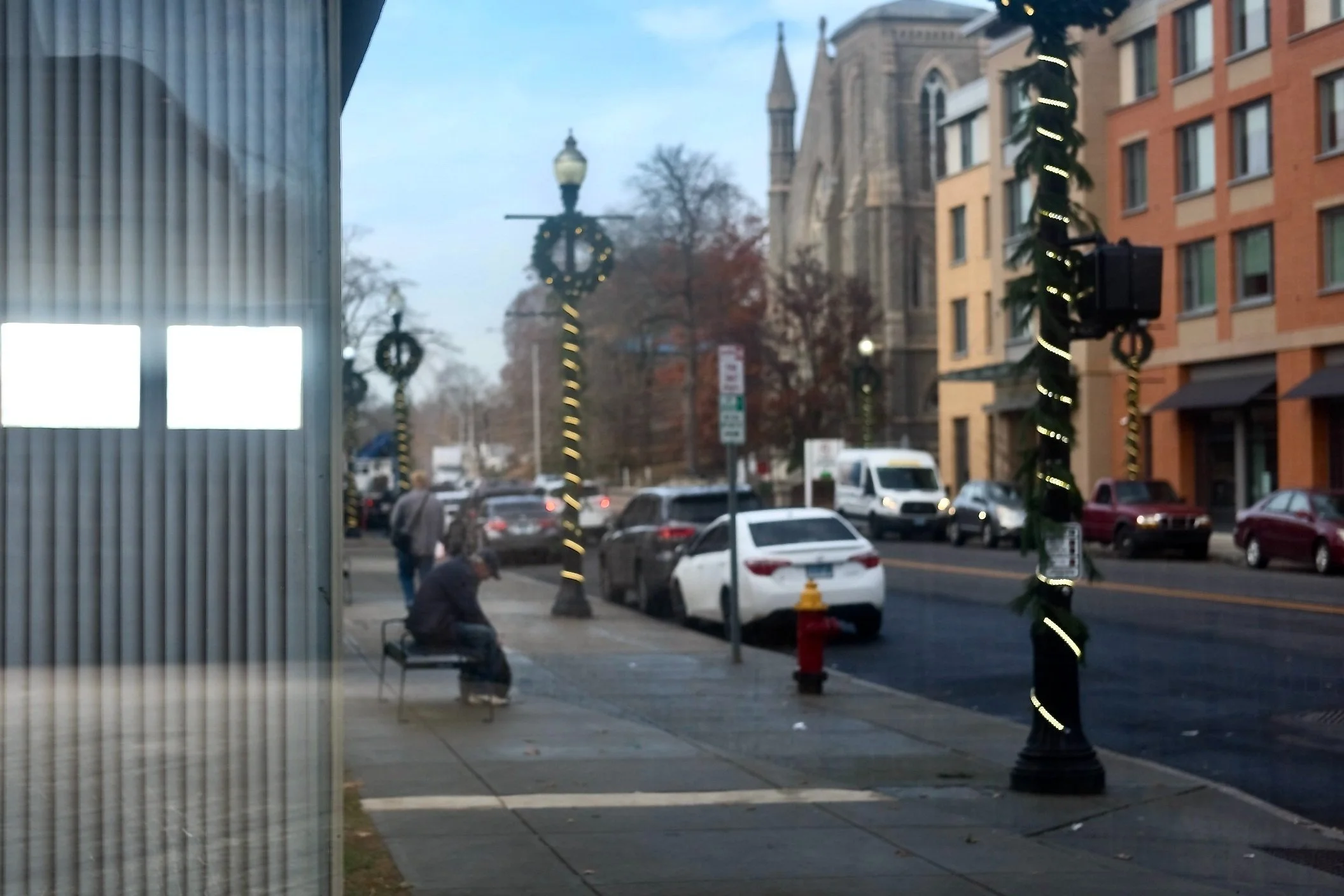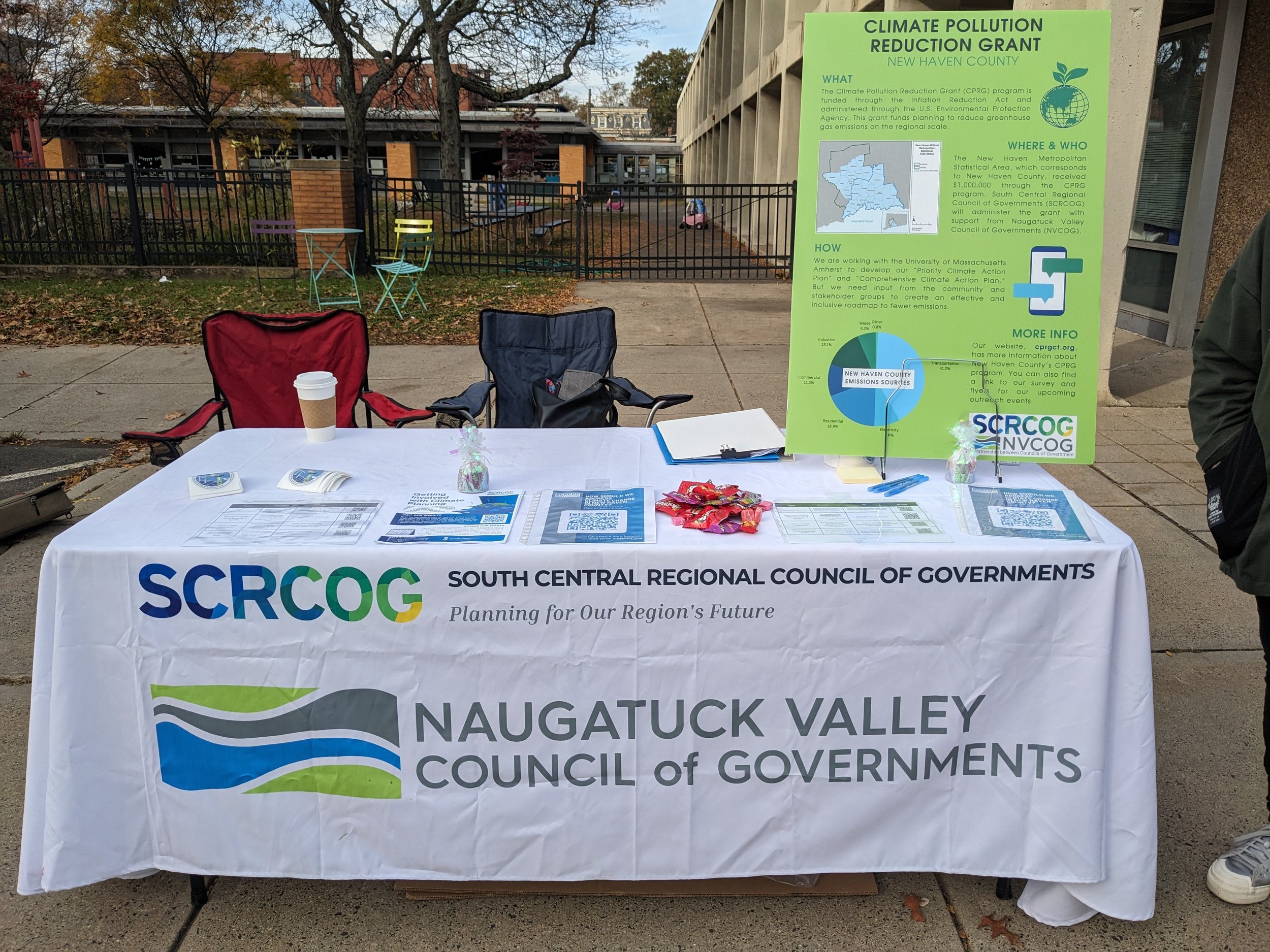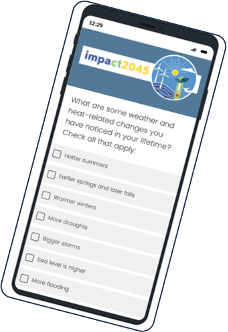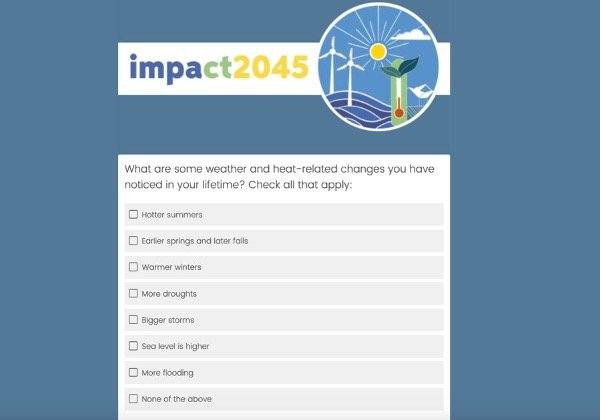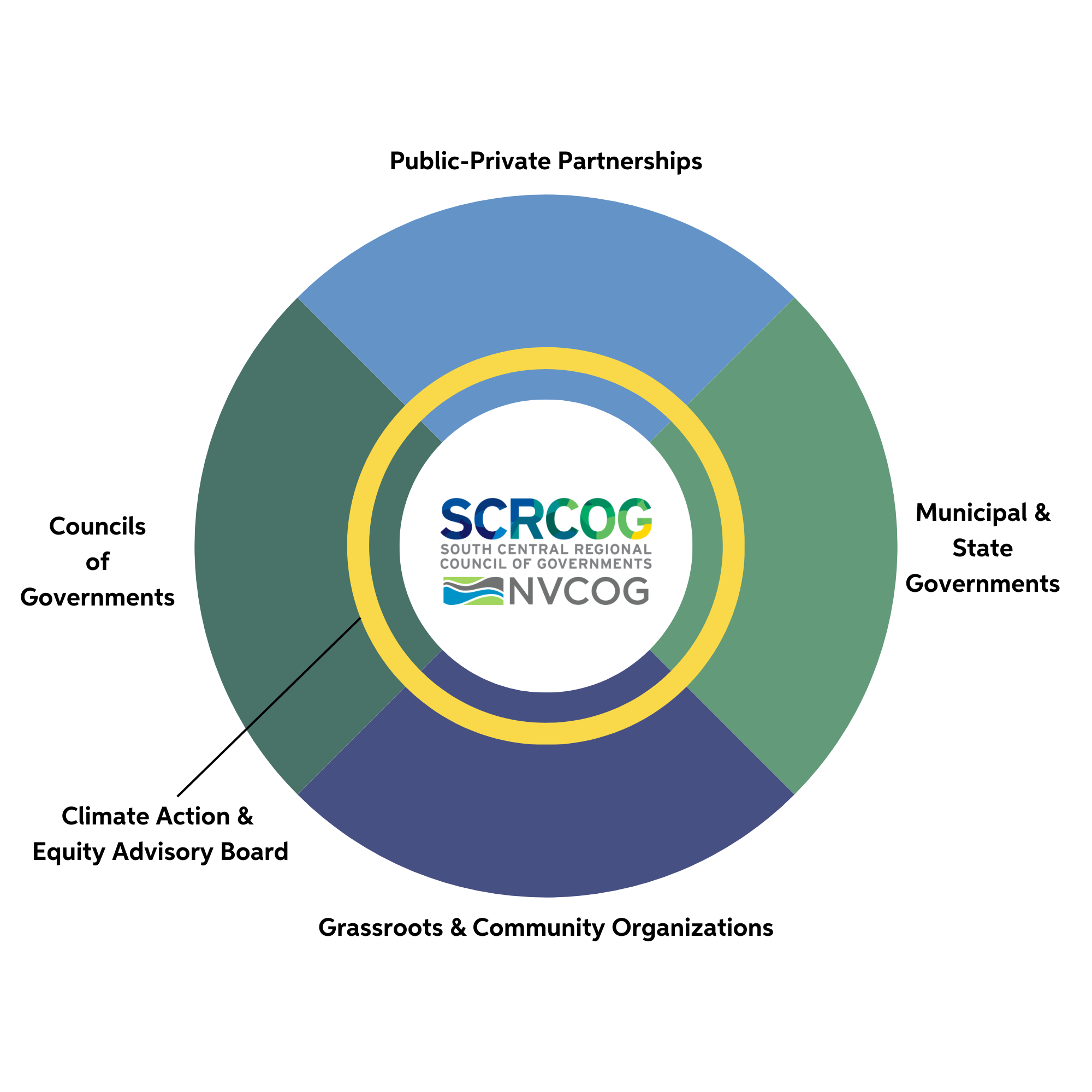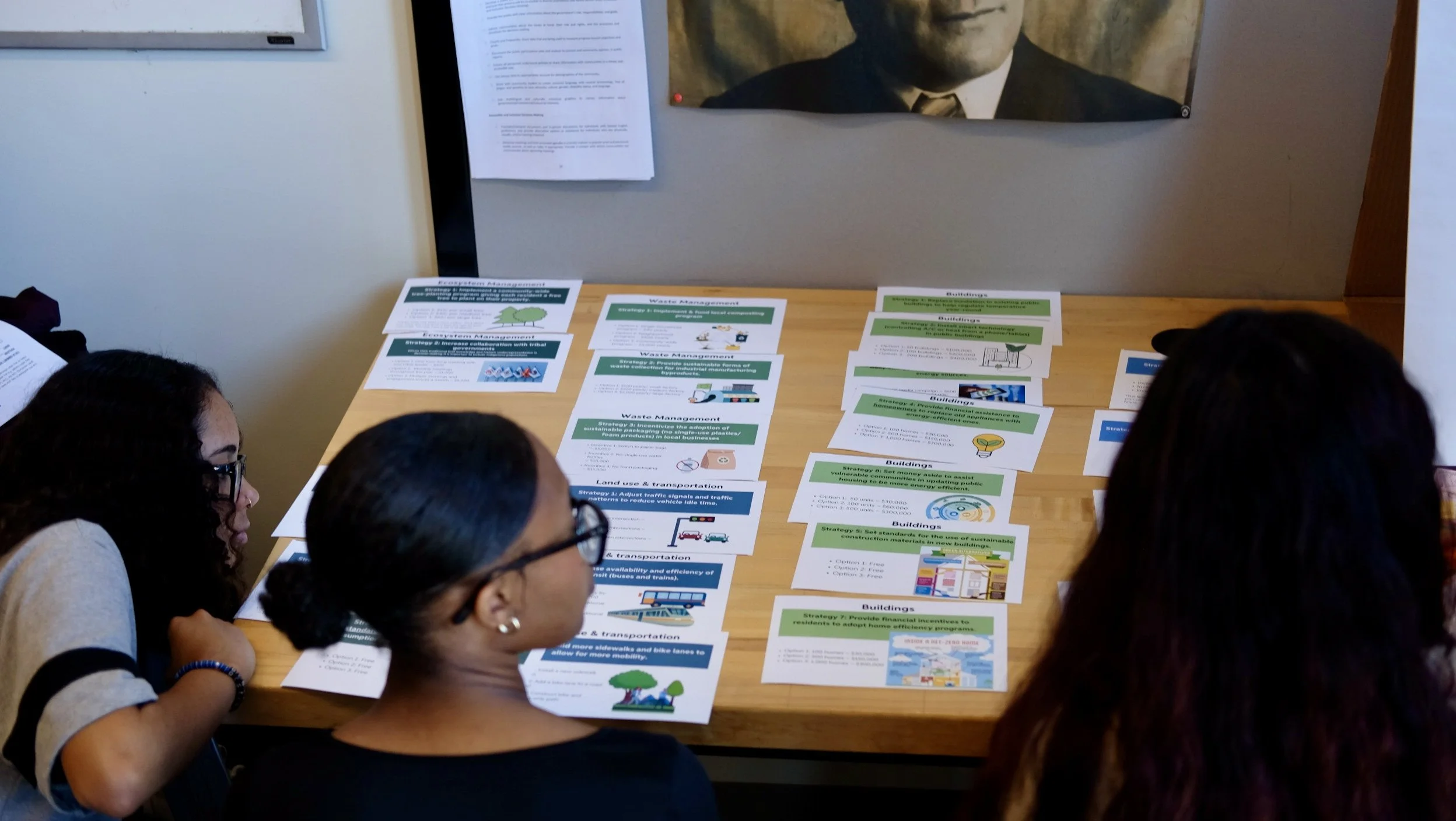
Public Engagement
What makes meaningful public engagement?
Meaningful public engagement is central to SCRCOG’s mission. It begins with building relationships and continues with maintaining them. It is not just about working for the community – it is about working with communities to identify which strategies are most in line with their needs and values. Public engagement is also about building the local networks and enthusiasm needed for implementing planning efforts, with a shared desired future in mind. Public engagement should be transparent, inclusive, equitable, and accessible. To achieve this requires shifting typical power dynamics to make sure communities can hold those in power accountable for achieving these outcomes.
This section lays out a plan that ensures that meaningful public engagement is at the core of local and regional actions in the near and distant future.
Read more about the public engagement we’ve done so far here.
Game Design (Workshops)
An interactive game called Emissions (Im)possible has been developed to bring issues involved with local greenhouse gas mitigation strategies to life. In this game, players make difficult decisions about how to reduce GHG emissions for their rural, urban, or suburban communities in the context of three possible scenarios. The game’s first iteration was developed with teenagers in mind, as the first workshop was for a group of 50 students from a local high school. Feedback from this workshop helped facilitate a second game round with 50 undergraduate students from UMass Amherst’s Sustainable Community Development course, Transforming Your World: Introduction to Community Engagement. The final product can be played by all ages in a variety of settings. A description of the game and the game design process can be viewed in Appendix D. The purpose of game development during this stage was to set the groundwork for deeper engagement during the CCAP phase of the project.
Website
The Impact 2045 website is the central source of information for anyone in and outside New Haven County to learn more about the CPRG program and our Priority Climate Action Plan. Planners, Councils of Governments, municipal leaders, climate action and advocacy groups, groups in other regions doing climate mitigation work, and community members in our area should each be able to find the website of use.
Survey
To help ground current and future planning efforts in local perspectives and values, an online survey was created to gather input from people who live in New Haven County about their current experience with climate change impacts and the kinds of changes they would like to see in their community. The survey asks participants to reflect on their transportation mode choices, energy usage, home efficiency, and waste disposal, concluding with an assessment of the participant’s interest in being involved with climate action in their community. The survey takes approximately 10-15 minutes to complete, and participants are given the option to enter a raffle for a $25 Visa gift card at completion.
Tabling & Materials
Tabling and other brief engagements at farmers markets and other community events took place over the summer and fall, led by SCRCOG and NVCOG, with some participation from UMass Regional Planning students. Tabling materials included:
Large posters with information on what the CPRG is and how to get involved with a QR code for the survey and a sign up for email updates.
Trivia questions to ask passers-by.
Impact 2045 stickers.
Stickers and coasters, both with a link to the project website, were created to aid in public engagement. Distribution of the stickers began in various spots across New Haven County, with particular attention paid to LIDAC areas. These coasters can be distributed at future community events and through supporting community organizations. Other distribution sites include public and commercial venues such as cafes, restaurants, and breweries. Each coaster has one of three questions about climate change issues in order to foster conversation amongst residents. In addition, these coasters have been printed in both English and Spanish.
Stakeholder Meetings
There is importance in engaging those currently in leadership and decision-making roles along with those who live in vulnerable communities. We recommend adopting a top-down and bottom-up collaborative structure, with SCRCOG and NVCOG serving as the conduit between the two approaches and the wide-ranging engagement of community leaders and members. It is also beneficial to seek out opportunities for public-private partnerships, especially knowing that the most impactful change will need to come from the private sector – whether it is adopting mitigation measures or developing new workforce opportunities, especially for vulnerable community members. Interested parties could include governmental entities, labor organizations, and applicable private sector and industry representatives. Not only is public engagement required as part of the CPRG program, but public engagement is also essential to understanding which mitigation measures are most in line with community needs and values throughout New Haven County and building local networks and enthusiasm for implementing them with a shared desired future in mind.
Interagency Collaboration
Developing and maintaining ongoing strategic partnerships and interagency collaboration is essential to the success of regional climate mitigation efforts, especially in an area like New Haven County. In this region, authority to implement is complicated by the fact that the implementation of policy can only happen at the state or municipal level, rather than at the regional level. This can lead to statewide decisions that lack specificity and effectiveness for the needs of the New Haven County region or, conversely, to hyper-localized decisions that have limited impact if they stop at the border between two municipalities. The emissions of greenhouse gases are not dictated by municipal lines. Rather, reduction measures require consistent solutions with a large enough scope in order to make an impact.
For this plan to have the highest potential for reductions, it is vital that standards, structures, and goals are established to ensure implementation serves communities across all of New Haven County. It is particularly important to create avenues for members of vulnerable groups not just to share their opinions, but to be central figures in carving the path for determining what mitigation efforts will best serve their communities (Nel, 2018). This is not only in alignment with the PCAP and Justice40 requirements, but it is necessary for ensuring effective and equitable outcomes for the future. While many mitigation efforts may be driven by scientific measurements, the most impactful results are those that consider human behavior, needs, and concerns (Oke, 2023). In this proposed public engagement strategy, vulnerable communities are not seen as only beneficiaries of climate mitigation efforts, but as leaders driving the priorities for climate change action.




